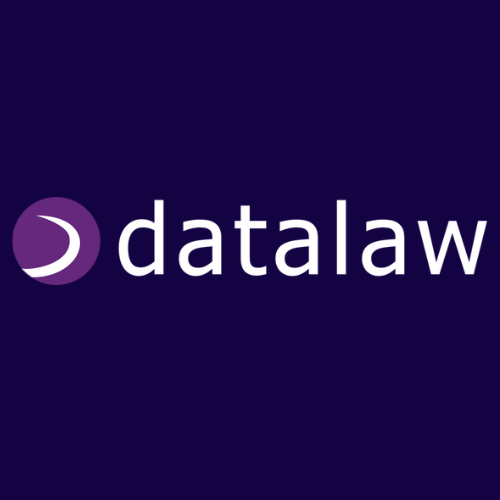This comprehensive course represents a handy guide for every applicant firm seeking authorisation or recognition from the SRA using their form FA1. An applicant firm may be a Licensable Body, a Legal Services Body or a Sole Practitioner. Recognised bodies and recognised sole practitioners who wish to change their legal status should also use the SRA form FA1.
While every entity will have its own specific approach to its application, this course will identify the common areas than cause applicants concern and will ensure that you do not fall foul of the top six reasons why the SRA have identified risks in recent applications, detailed below:
- Lack of legal experience in defined areas – rule 12 of the SRA Practice Framework Rules
- Lack of management experience – rule 12 of the SRA Practice Framework Rules
- Lack of financial competence, particularly in business planning
- Suitability of role holders – especially COLP and COFA
- Disorderly closure of firms – poor contingency planning and dealing with client money
- Professional Indemnity Insurance – adequate and in place?
Although the SRA form FA1 has ten sections detailed below, this course will concentrate on how to complete the key stages; Sections 3-7:
Section 1 (basic information) and 2 (registration, address etc.) are for the individual. They do not require further explanation and as such are not covered during this course
Section 3: Business Management
This module deals with the crucial aspects of governance, risk, structure and outsourcing. We start by exploring differing management structures and what suits which situation guiding applicants on corporate structures. This leads us into considering risk and how you might propose to mitigate them. The thorny issue of business planning is addressed along with some key pointers on various agreements you might need.
Many start-up organisations might consider outsourcing various services so we suggest ways that these might be managed.
Naturally enough, the SRA will be concerned about your firm’s viability so we end this module by suggesting what you need to consider and how to set controls in place to deal with any issues.
Section 4: Financial Management
This module deals with sources of funding, debt management, handling client money, financial recording (Profit & Loss, Balance Sheets, Cash flow, etc.)
The form FA1 requires you to explain your sources of funding (4.1) so the first part of the module suggests how you might mitigate the risks associated with any financing. Remaining solvent is naturally a key issue (4.4 – 4.5) so we then address debt management. Those people handling client money will gain from the section where we deal with the accountant’s report for the SRA. One of the hardest areas for many are predicting turnover, profit / loss, and therefore a cash-flow forecast etc. so we explore ways of dealing with the information. The final part of this module addresses the matter of procedural risk and how to mitigate each risk area on the form.
Section 5: Services
This module addresses the risks associated with marketing and client service, as well as inadequate complaint handling suggesting how to demonstrate appropriate controls. PII is often a challenge for many so we conclude by drawing on the tutor’s experience of ‘six smart things to do’ to limit your insurance premium.
Section 6: Approach to Compliance and Other Risks
This module is all about cooperation with your regulators. It starts by looking a key operational risks and what you might consider to mitigate them. Cooperation with the SRA and Legal Ombudsman are crucial so we consider the procedures you might have in place to deal with them. Beyond that, the form FA1 lists ten ‘other risks’ (6.7 – 6.10) from impact risks to conflicts, confidentiality, bribery, money laundering and so forth; while most people will have some appropriate controls in mind we explore options to improve your submission.
Section 7: People
This module looks at recruitment, diversity, personnel, and their supervision. Experience from running many management courses for law firms suggests that while pretty-much everyone knows the headline discrimination legislation, few know the full impact in practice. Giving attention to this section will be much better than facing a tribunal for failure to comply! While only one sub-section on the form (7.5), the matter of ‘management experience’ is a key measure of risk management and we will discuss your options in this module – particularly on ‘Person Qualified to Supervise’ (7.9).
Sections 8 (only used if succession is planned), 9 (declaration) and 10 (returning the form) do not require further explanation and as such are not covered during this course.
Viewers should be aware that his training is intended to supplement, not replace, the guides to the application process which can be found on the SRA’s main site.






 4078 Users
4078 Users 41 Courses
41 Courses
